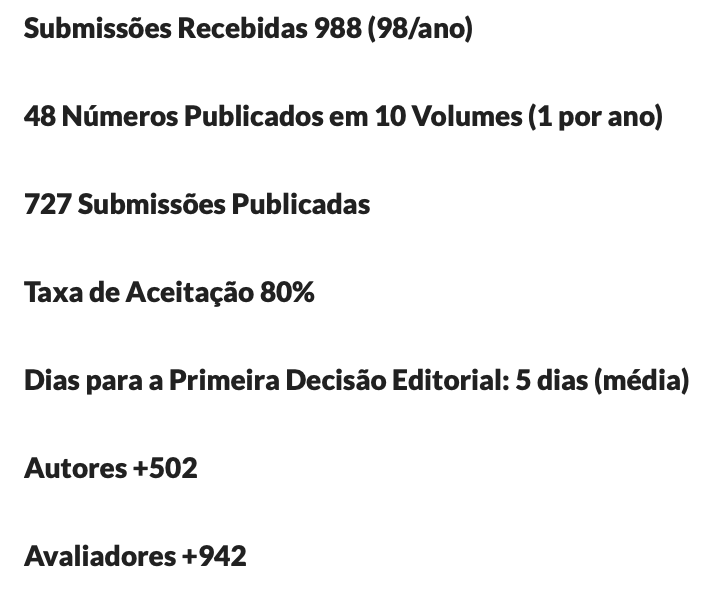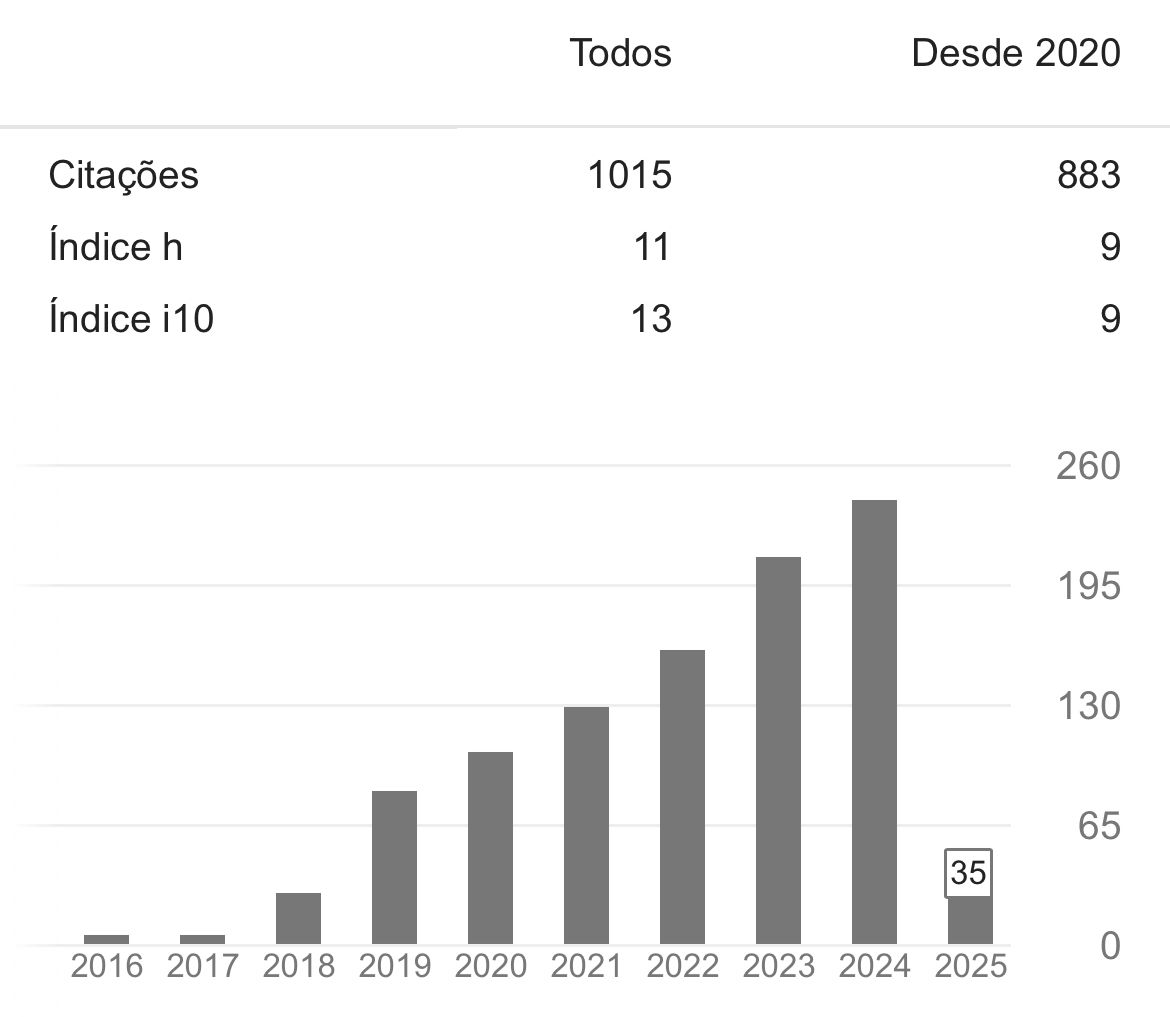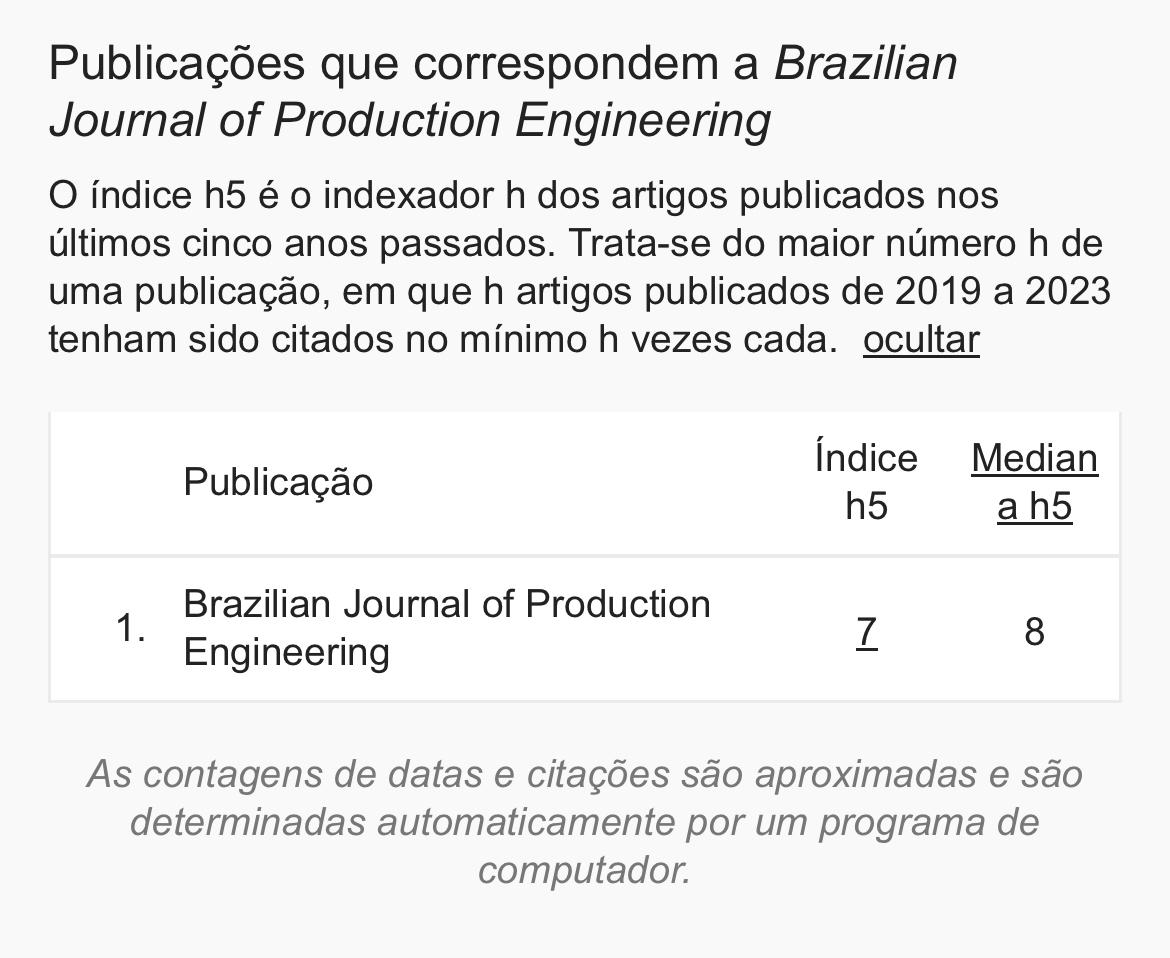Effect of different spray tips and pressures on the application of calcium carbonate in conilon coffee seedlings
DOI:
https://doi.org/10.47456/bjpe.v7i5.36054Keywords:
Leaf coverage, drops, drops spectrumAbstract
The efficient application of agricultural products depends on a number of factors, including the correct choice of spray tip and working pressure. The objective of this study was to determine which set of spray tips and working pressure provide the best coverage in conilon coffee seedlings. The experiment was conducted in a randomized block design in a factorial scheme 3 x 4 three spray tips (BD 01, MGA 60º 1.0, MCP 1.5), four spray pressures (206, 275, 344 and 413 kPa), four replications and four plants in each plot. The application rate was the same in all treatments, 100 L ha-1 and a dose of 2 L ha-1 of the product used. The first application of the product was carried out inside the nursery, and the subsequent ones, in the field after planting the seedlings, with an interval of seven days between them. Droplet spectrum analyzes were performed, in which the parameters of diameter of the volumetric median (DMV), droplet density (DEN) and cover (COB) were evaluated. The pressure at all ends influenced the coverage variable, as the pressure increases, the better the percentage of coverage. The empty cone tip MGA 60ª at a pressure of 413 kPa promoted the best percentage of coverage of the evaluated product, therefore, the best option for application.
Downloads
References
Alvares, C. A., Stape, J. L., Sentelhas, P. C., Gonçalves, J. L. M., & Sparovek, G. (2013). Köppen’s climate classification map for Brazil. Meteorologische Zeitschrift, 22(6), 711-728. http://dx.doi.org/10.1127/0941-2948/2013/0507
Associação Nacional de Defesa Vegetal (ANDEF). (2010). Manual de Tecnologia de Aplicação de Produtos Fitossanitários. Campinas. São Paulo: Linea Creativa, 2004. Recuperado de http://www.lpv.esalq.usp.br/sites/default/files/Leitura%20-%20Manual%20Tecnologia%20de%20Aplicacao.pdf
Camara, F. T., Santos, J. L., Silva, E. A., & Ferreira, M. C. (2008). Distribuição volumétrica e espectro de gotas de bicos hidráulicos de jato plano de faixa expandida XR 11003. Engenharia Agrícola, Jaboticabal, 28(4), 740-749. https://doi.org/10.1590/S0100-69162008000400014
Chechetto, R. G., Antuniassi, U. R., Mota, A. A. B., Carvalho, F. K., Silva, A. C. A., & Vilela, C. M. (2013). Influência de pontas de pulverização e adjuvantes no potencial de redução de deriva em túnel de vento. Semina: Ciências Agrarias, Londrina, 34(1), 37-46. http://dx.doi.org/10.5433/1679-0359.2013v34n1p37
Companhia Nacional de Abastecimento (CONAB). (2020). Acompanhamento da Safra Brasileira. Café, Segundo Levantamento, Safra 2019. Brasília, Brasil. Recuperado de https://www.conab.gov.br/info-agro/safras/cafe/boletim-da-safra-de-cafe
Da Silva, P. O., Junior, L.F. G. O., Gonzaga, M. I. S., Sena, E. O. A., Maciel, L. B. S., Fia, M. P., Mattos, E. C., & Carnelossi, M. A. G. (2019). Effects of calcium particle films and natural shading on ecophysiological parameters of conilon coffee. Scientia Horticulturae. 245, 171-177. https://doi.org/10.1016/j.scienta.2018.10.010
Ferreira, M. C., Lohmann, T. R., Campos, A. P., Viel, S. R., & Figueiredo, A. (2011). Distribuição volumétrica e diâmetro de gotas de pontas de pulverização de energia hidráulica para controle de corda-de-viola. Revista Planta Daninha, Viçosa, 29(3), 697-705. https://doi.org/10.1590/S0100-83582011000300024
Glenn, D. M. & Puterka, G. J. (2005). Particle films: a new technology for agriculture. Horticultural Reviews, v.31, p.1–44. Recuperado de https://books.google.com.br/books?hl=en&lr=&id=iiUI7fSXXxsC&oi=fnd&pg=PA1&dq=Particle+films:+a+new+technology+for+agriculture.+&ots=peUTW-r5H-&sig=GTAbFz1ArhylK2BBSiQ1Z1AVwU8&redir_esc=y#v=onepage&q=Particle%20films%3A%20a%20new%20technology%20for%20agric
Griesang, F., Decaro, R. A., Santos, C. A. M., Santos, E. S., Roque, N. H. D. L., & Ferreira, M. C. (2017). How much do adjuvant and nozzles models reduce the spraying drift? Drift in agricultural spraying. American Journal of Plant Sciences, Irvine, 8(11), 2785–2794. https://doi.org/10.4236/ajps.2017.811188
Hoffman, W. C. & Hewitt, A. J. (2005). Comparison of three imaging systems for water sensitive papers. Applied Engineering in Agriculture, 21(6), 961-964. https://doi.org/10.13031/2013.20026
Lal, N. & Sahu, N. (2017). Management Strategies of Sun Burn in Fruit Crops-A Review. International Journal of Current Microbiology and Applied Sciences, v.6, n.6, p.1126-1138. Recuperado de https://krishi.icar.gov.in/jspui/handle/123456789/26453. https://doi.org/10.20546/ijcmas.2017.606.131
Junior, A. M. (2018). Influência da pressão e da ponta de pulverização na distribuição de caldas em pulverizadores costais manuais (Mestrado Produção Vegetal). Universidade Estadual Paulista, Jaboticabal, SP, Brasil. Recuperado de https://repositorio.unesp.br/bitstream/handle/11449/153874/marangonijunior_a_me_jabo.pdf?sequence=3&isAllowed=y
Matthews, G. A., Bateman, R., & Miller, P. (2016). Métodos de aplicação de defensivos agrícolas. 4. ed. São Paulo: Andrei.
Nuyttens, D., Baetens, K., Schampheleire, M., & Sonck, B. (2007). Effect of nozzle type, size and pressure on spray droplet characteristics. Biosystems Engineering. 97, p.333-345. Recuperado de https://www.sciencedirect.com/science/article/pii/S1537511007000712?casa_token=Eo_D_eOz_DcAAAAA:p3-YVj6Ym-N8mXiwaKKq4MN9gD1yZRyleFLH3VTFIaokkzlCKWHgYdEoUBRaGMBNvKK3CCms. https://doi.org/10.1016/j.biosystemseng.2007.03.001
R Development Core Team. (2013). R: A language and environment for statistical computing. R Foundation for Statistical Computing. [Software]. Vienna, Austria. Recuperado de http://www.R-project.org/
Silva, J. E. R. (2013). Deposição de calda aplicada em folhas de cafeeiro com diferentes volumes e pontas de pulverização (Dissertação de Mestrado). Universidade Federal de Viçosa, Viçosa, MG, Brasil. Recuperado de http://repositorio.ufu.br/bitstream/123456789/12189/1/DeposicaoCaldaAplicada.pdf
Souza, L. A., Cunha, J. P. A. R., & Pavanin, L. A. (2012). Deposição do herbicida 2,4-D Amina com diferentes volumes e pontas de pulverização em plantas infestantes. Revista Ciência Agronômica, Fortaleza, 43(1), 78-85. Recuperado de https://www.scielo.br/j/rca/a/xp6Gt46FzjsGrZkPKBkMyQP/?format=pdf&lang=pt.
Viana, R. G., Ferreira, L. R., Ferreira, M. C., Teixeira, M. M., Rosell, J. R. & Machado, A. F. L. (2010). Distribuição volumétrica e espectro de gotas de pontas de pulverização de baixa deriva. Revista Planta Daninha, 28(2), 439-446. https://doi.org/10.1590/S0100-83582010000200024
Vitória, E. L., Neto, F. C. R., Chagas, K., Teixeira, M. M., Quirino, A. L. S., & Santiago, H. (2014). Distribuição volumétrica e espectro de gotas de pontas de pulverização de jato cônico vazio DDC2 novas e usadas. Revista Agro@Mbiente On-Line, 8(3), 368–376. Recuperado de https://revista.ufrr.br/agroambiente/article/view/1831/1431. https://doi.org/10.5327/Z 1982-8470201400031831
Vitória, E. L. & Campanharo, A. (2016). Amostra de etiquetas hidrossensíveis para determinação de espectro de gotas em pulverização no cafeeiro canephora. Coffee Science, 11(3), 367-373. Recuperado de http://www.coffeescience.ufla.br/index.php/Coffeescience/article/view/1101
Downloads
Published
How to Cite
Issue
Section
License
Copyright (c) 2021 Brazilian Journal of Production Engineering - BJPE

This work is licensed under a Creative Commons Attribution-NonCommercial-ShareAlike 4.0 International License.

















































































